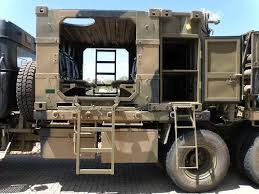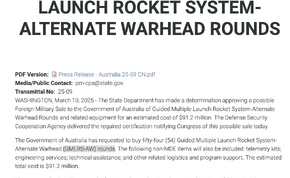Short AND Medium ranged ballistic missiles. Remember the furore last week when a Chinese TF armed with 540nm ranged ballistic missiles sailed around Australia? Those sort of missiles are exactly the type of threat SkyCeptor can engage.So if Australia was to go with skyceptor it would be used to defeat missiles fired at us from less than 1000kms away? Is that likely to be an issue for us? Who has ballistic missiles with that range of Australia? Serious question…what if the missile is fired from 3000km away. Is skyceptor then useless?
Part of the problem with ballistic missile defence, is our distance. There are plenty of types of ballistic missiles that can reach us, but to launch a land based missile at us by those who possess such capabilities, well you are talking about intermediate ranged BM’s (up to 5000k range) or intercontinental BM’s and no medium ranged air defence system will be able to engage those.
If you are considering we need a defence against those, we will need Arrow 3, the high end SM-3 series or Ground Based Interceptor series and the associated high end radar and IADS to go with it. The US is, and are spending $17b alone just to develop the next-generation of GBI, with interceptors “planned” to cost USD $74m a piece. If they do, I’ll be astonished because in reality they are so expensive, the US has deployed (and plan to deploy) a whopping 64 of them and earlier iterations of the program had budget blow-outs beyond 230%…
We meanwhile are struggling to find the funds to acquire an off the shelf Medium ranged AD system of about +/- 2 batteries… Which is why RTX might well be considering their SkyCeptor missile as a viable pitch for us. Because it can bring all of that Medium Range AD capability and ‘some’ BMD defence capability into a system like NASAMs we already use and are familiar and comfortable with…
On top of everything else, it is combat proven with it’s Israeli version - Stunner having successfully engaged Iranian BM attacks.



